By Priya Bhattacharji
My curiosity for cinema takes me to various film screenings, festivals and workshops. The one thing that makes me wary of such events is the asphyxiating hot air that looms – you know, the kind that makes you swallow casual questions, turns you hesitant of pronouncing ‘noir’ publicly, makes you painfully conscious of using simple, short sentences. On most occasions, my cine-enthusiasm takes a back seat and relegates me to a passive recipiency.
Earlier this year, though, it was pleasantly strange to find myself on the second bench at a film appreciation course – (almost) annoyingly engaged in deep discussion. The lecture was about film curation — a cracker of a session sprinkled with humour, anecdotes and insights on the current Indian film scene. The lecturer was Meenakshi Shedde [photograph above, clicked by Sherwin Crasto] – rich in experience, accomplishment and enthusiasm, and refreshingly devoid of affectation – factors conducive for a satisfyingly participative lecture for cine enthusiasts.
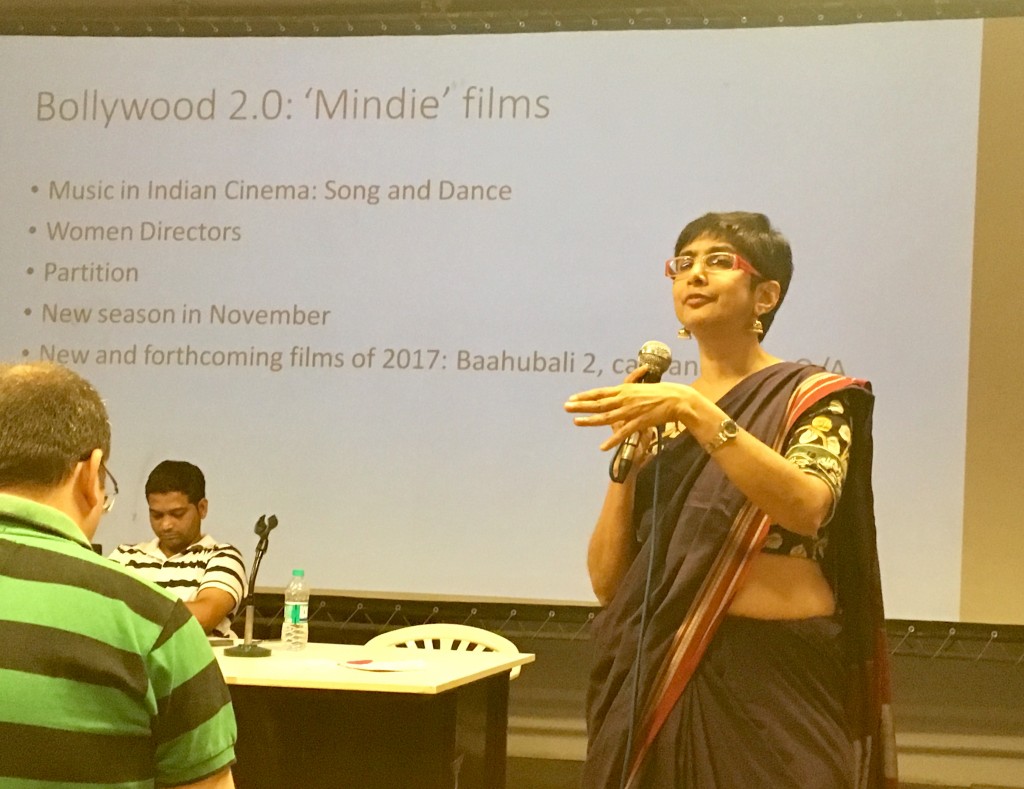
Let me quickly bombard you with Meenakshi’s accomplishments:
Jury-member for Iconic international film festivals, including Cannes, Berlin and Venice | South-Asia Consultant for Film festivals in Berlin, Toronto, Locarno, Busan, Dubai, IFFI-Goa, Kerala, Mumbai and Colombo| Writer for Variety, Screen International, Film Comment, Sight & Sound, Cahiers du Cinema, Midday, CNN TV18 and News18.com.
*PHEW*
Oh, she even picked up the National Award for Best Film Critic, without ever being appointed the official Film Critic for any publication.
In fact Meenakshi was mobbed with questions for an hour after the lecture – the views and opinions expressed on her lecture aren’t necessarily my own. The role of Guest Curator, India on Film, for the British Film Institute (BFI) has kept Meenakshi terribly busy this year, yet she patiently takes out time to entertain a burgeoning set of questions.
Curation is ‘in’ these days. But you were doing it way before it was cool. Can you tell us when and what led you to turn curator?
Life has been a series of accidents and serendipitous happenings. Thanks partly to the joys of not having to plot your life into 5-10 years plans. I have always known what I am passionate about, and that’s all you need to know in life. I primarily a print journalist, and spent fifteen long years at Times of India – I wrote features, columns, opinions on French policy and what-not. In 1995, I won an eight-month long journalism scholarship that took me to Paris. I was the only print journalist from Asia to be selected. When I look back, it was a kind of an orientation into the European professional space.
When I returned, I started writing about lesser-known Indian films. I have always been an avid viewer of cinema – I’d occasionally write an article if I happened to watch a Bengali, Marathi or Tamil film I’d liked. Or something like Shyam Benegal’s Samar, that a regular film critic might overlook . Of course, these articles were buried in some forlorn place in the 40 pages of the publication I worked for.
In 1998, I ended up winning the National Award for Best Film Critic – my colleagues and friends were stunned. Everyone was like, “How did she end up with that award? She isn’t even our film critic!” When my publication carried a news wire report on the National Award Winners that year, they actually omitted my award and name. Luckily for me, soon after the award, I was invited on FIPRESCI (International Federation of Film Critics) Jury of the Cannes, Berlin and Venice film festivals.
The Festival director at Berlin happened to ask me for recommendations for ‘good films from India’. I guess that’s how I got into curation and exhibition. It’s been a good 20 years being the South Asia Consultant for the Berlin film festival. I still write, I have my own column and am a contributing writer to many global publications. Frankly, I’d shoot myself if I had to be the official film critic of a paper because I’d be either writing only about Bollywood or Hollywood films – my experiences with film have been far richer.
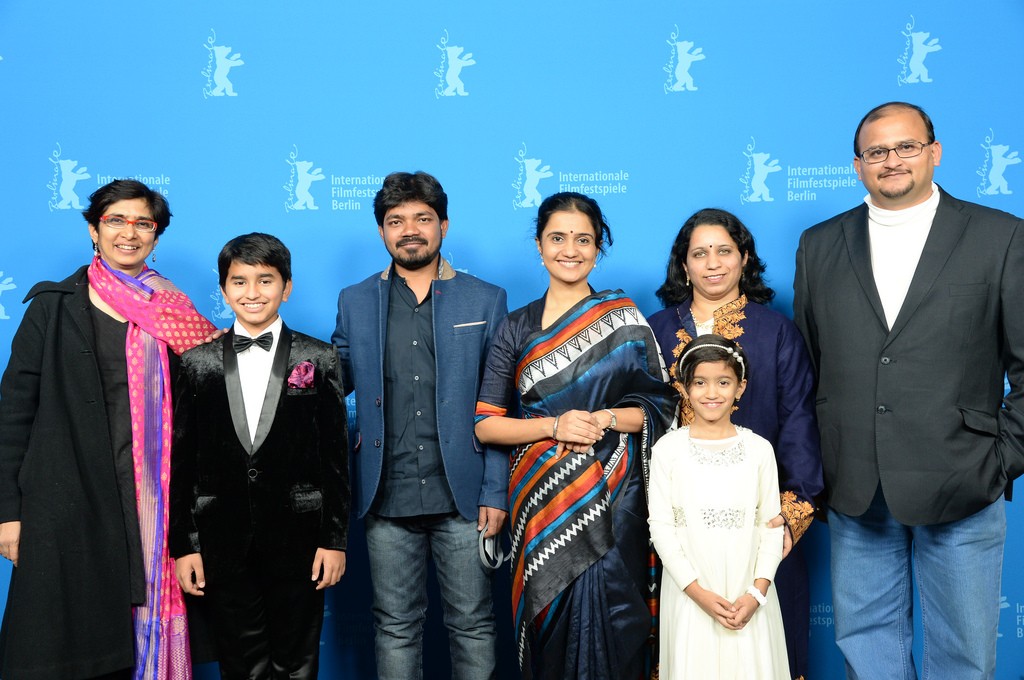
With the winning “Killa” team at the 2014 Berlin Film Festival
Career choices can be accidental but curation is a carefully honed skill. What has contributed in shaping this process — if it could be called one?
The people who’ve shaped the way I have viewed cinema, for sure. Maithili Rao and (the late) Iqbal Masud are two fantastic critics who I used to diligently read. They knew an awful lot about films but they chose to wear their knowledge lightly. In their reviews and articles, they would relate cinema to literature, social issues like caste, race, politics, etc.
Just reading a film for its message and storyline is a limiting way of viewing cinema. Unfortunately, I see a lot of that happening in today’s ‘criticism’. Cinema has a bigger role and it needs to be viewed from a larger, deeper political lens. In the late 80s and 90s, I was a regular at Amrit Gangar’s film club, ‘Screen Unit’. This was the pre-internet era and yet he’d manage to get us wonderful films from all over the world. He’d painstakingly prepare these lovely cyclostyled notes to introduce the film and set a context. He had this admirable generosity of spirit in showcasing good cinema, a kind of selfless love for cinema.
With regard to sourcing films, as a senior journalist, I have a wide network of film people and critics to recommend films from across the country. However, it is not about the contacts on your phone that makes you a great curator. You need to know how to recognise good cinema whether it is in masala films, independent features, student diplomas or short films. I’m pretty old fashioned when it comes to being in touch with the world – I scan the newspapers, not my newsfeed, everyday for news and current affairs, and make notes about films. It’s a pity people rely on social media for the news these days. It is an echo chamber; you read what you want to read.
Some recent curating experiences you’ve been proud of?
I have programmed for festivals from Korea to Amsterdam. When festivals ask me to curate a South Asian or Indian line up, I chalk out 12-15 films that represent the best of our Cinema. From that, around 8 to 10 are eventually chosen. I give the festival director a 10% margin to see what works best with the local audience. The focus is not choosing to cater to the audience it’s being showcased for. The focus is on what to show, how it is introduced and giving it a context in which they can appreciate it.
Let’s take the India On Film series I’m currently guest curating as part the UK India Year of Culture 2017. It is a year-long project of showcasing Indian and South Asian films at British Film Institute (BFI) at Southbank, Central London. We kicked off with the theme Bollywood 2.0 – a line-up of independent tendencies in Bollywood, including seemingly ‘masala’ films. Song and dance is the USP of our cinema. It’s what martial arts are to Hong Kong films. Nothing to be embarrassed about.
There were films like ‘Kapoor & Sons’ and ‘Queen’ in this section, both of which have top stars and dance-floor burning numbers. But let’s examine them closely – Kapoor and Sons also addresses homosexuality and equally importantly, it had an unfaithful father. For a film culture in which the mother and father are portrayed as pavitr characters who can do no wrong, you had a cheating middle-aged father. That was a pretty realistic portrayal. Queen – the story of a woman who goes on her honeymoon alone – can you have a more strong, independent portrayal of a woman? For all its London Thumakdas, it is a brilliant feminist film.
‘White’ audiences are bedazzled with ‘Baaaalllywood,’ but you need to veer them to the right films, representing a range of talent and issues. So Bollywood 2.0 also included Raman Raghav 2.0, Masaan, Court and Shahid.
As part of the India on Film project, I curated theme-wise seasons: Bollywood 2.0, Song and Dance, Women Directors, a Partition season, and an Indian Thriller season. So it included a range of films from Anjali Menon’s Manjadikuru (Lucky Red Seeds, Malayalam) to Satyajit Ray’s Jalsaghar (The Music Room, Bengali) to Farah Khan’s Om Shanti Om. It is about knowing how to present the diversity of Indian films.
Working with the BFI has been a great experience. Robin Baker, Head Curator at BFI, has been a delight to work with. I am humbled by his confidence in the films I have curated. He gave me a brief, then allowed me absolute liberty to decide on the films. I don’t think an Indian film exhibition of a year-long scale has happened overseas in the last 15 years. I’m proud to be part of it.
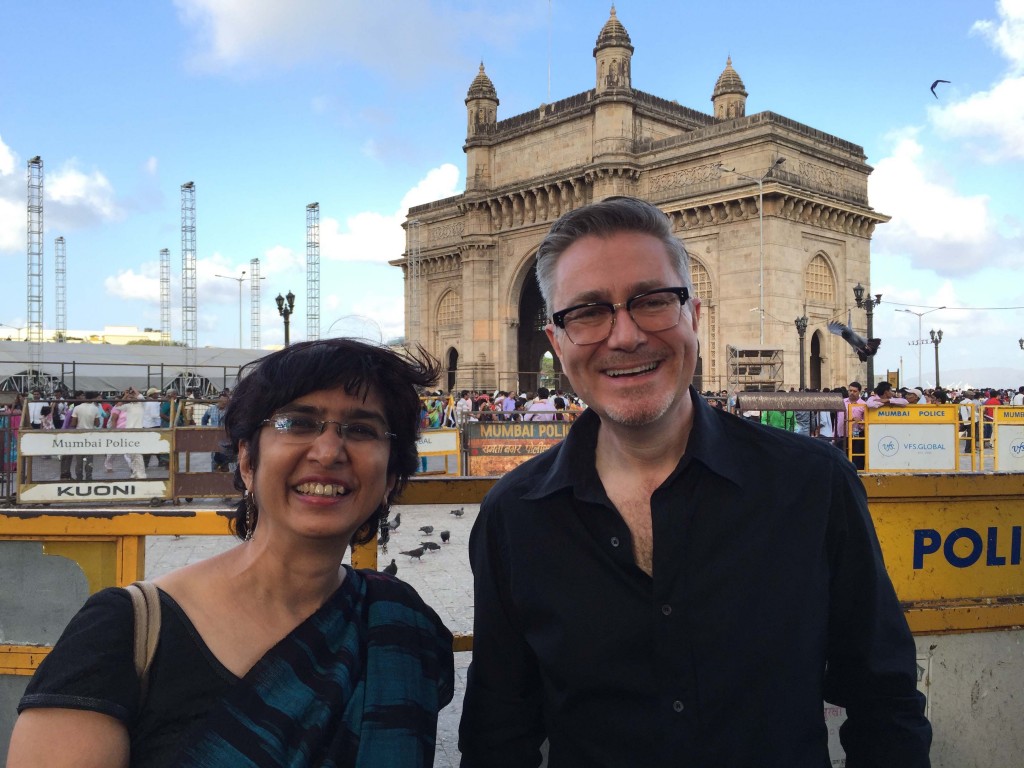
With Robin Baker, Head Curator at BFI
You do have broad and deep understanding of Indian Cinema. What is your take on the current scenario?
I hope you realise that Indian Cinema spans 42 languages and dialects. Bollywood is cinema in just ONE language, Hindi. Our leading film critics can drop ten names of American, European and Japanese directors. Ask them to name two Bengali, Marathi, Malayalam, Assamese directors and they’ll fumble. Regional cinema is often streets ahead of Bollywood. Audience and critics alike need to be acquainted with it. Having said that, I respect a lot about Bollywood. I like some of the stuff. It is not like “masala films are bad, indies are good.” People need to stop wearing Indie as some badge of honour. There is nothing righteous in making a ‘low-budget’ film. Big budget films too are made with great labour and love. The two need to borrow elements from each other.
In fact, I do observe an interesting trend. I have coined a phrase for it ‘Mindies’: a middle ground between mainstream and indie. Take Masaan for example, an indie film about sexuality and small town ambitions, beautifully wove in mainstream elements like song, lyrics and music by Indian Ocean to reach wider audiences. And mainstream films, as we discussed, are tackling more realistic, ‘indie’ issues.
You’ve travelled to the most prestigious festivals in the world. Globally you’ve made your mark as a renowned curator-critic. Aren’t you eligible to an air of arrogance or entitlement that seems to be missing? I ask this on the basis of multiple interactions with curators and critics, happy in their little cocoons.
Well, I’m passionate about what I do. My passion drives me. It’s funny you ask me that. I was once asked to do Indian film reviews for a top Indian TV Channel. They spent ten minutes convincing me to wear a black business suit, whereas I was wearing a gorgeous INDIAN saree. I couldn’t get the whole fuss about appearing ‘professional’. If I am an expert on Indian Cinema, how does wearing a saree undermine my expertise? If you invite a scientist for a talk, are you really concerned with what he wears? It’s heart breaking to see how embarrassed we are by our Indianness and our need for Western validation.
You see this with films, too. Since the 1930s, Indian cinema has travelled to film festivals. Till date, lesser known Indian films only get written about or distributed in India once they set the international film festival circuit ablaze. I say this from experience: no matter where the film travels to, filmmakers yearn for love from their own people.

Moderating the Q&A at Dubai FF for ‘The Eagle Huntress’
How do you think Curation can shape a better film viewing culture?
I have always believed in a culture of addabaji around film: understanding cinema better through informal Q&A sessions after a film, hanging out and conversations on film. You need to analyse and talk about films beyond their storyline and aesthetics. For that you need a good curator and moderator. It is critical for a film curator to be well informed about the filmmaking and sociopolitical scene to develop the audience interest in films. Film critics and curators need to have an intelligent, lively culture of film appreciation, to spark the right conversation.
I couldn’t get over the controversies surrounding Bajirao Mastani that I regard as a stunning piece of cinema. What were the controversies that mired it? Historical inaccuracies about how Mastani danced in court? Really! It’s not a documentary, it is a piece of fiction. How about seeing it as a politically daring act by a director from the extremely right-wing state of Gujarat, courageously celebrating a historic Hindu-Muslim romance?
For independent film in India to become economically viable, wider audiences need to be guided to appreciate it. The role of the curators and critics is to know how to develop audience taste for good films. In fact, one of my larger goals is to develop a wide pool of young critics who know how to appreciate all kinds of Indian cinema.



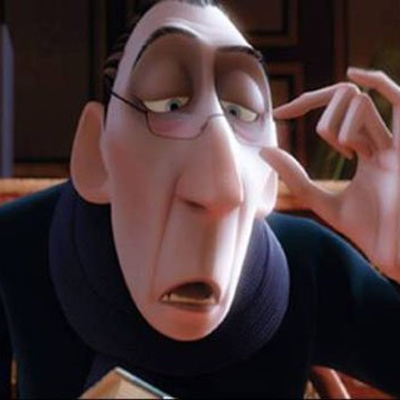

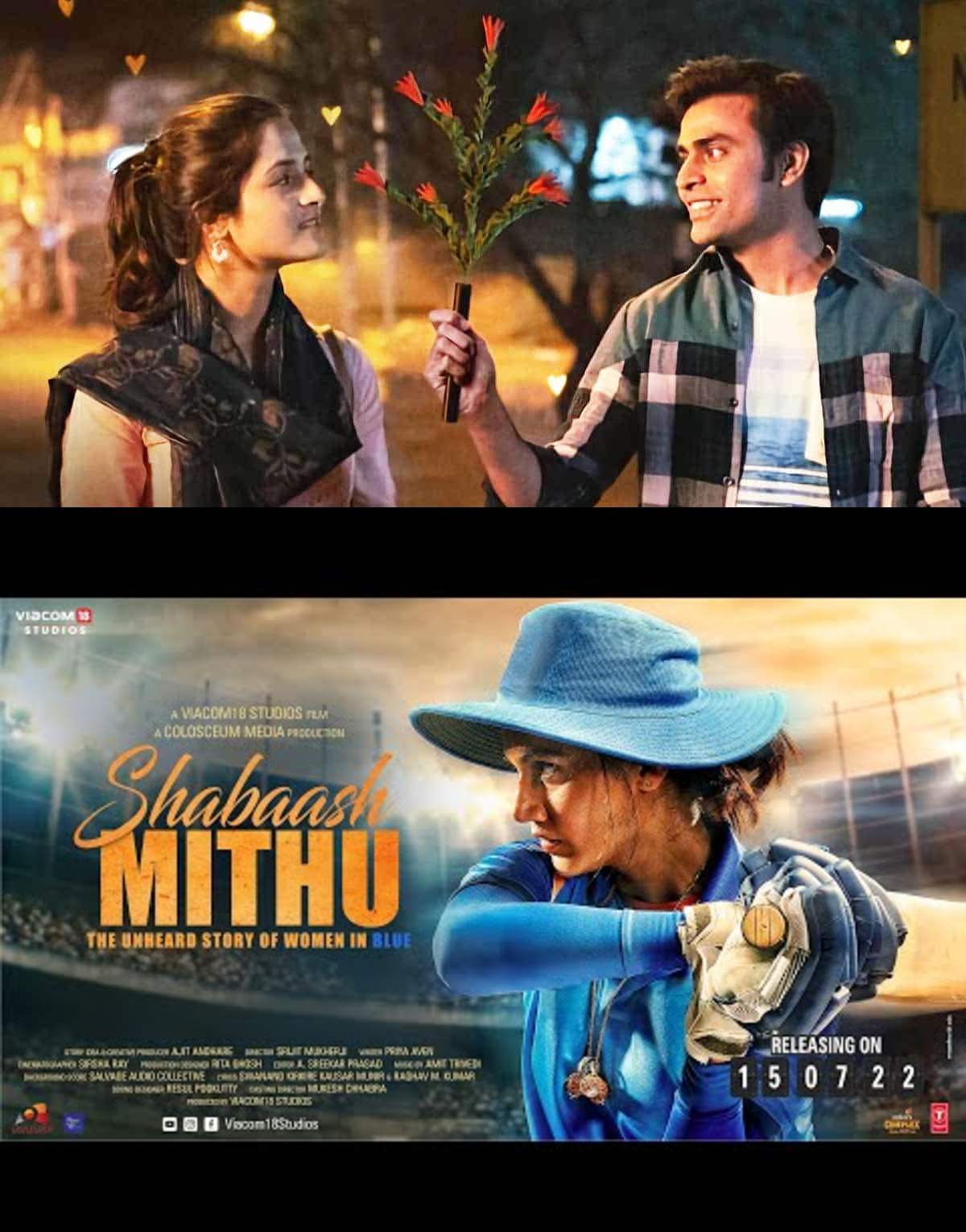
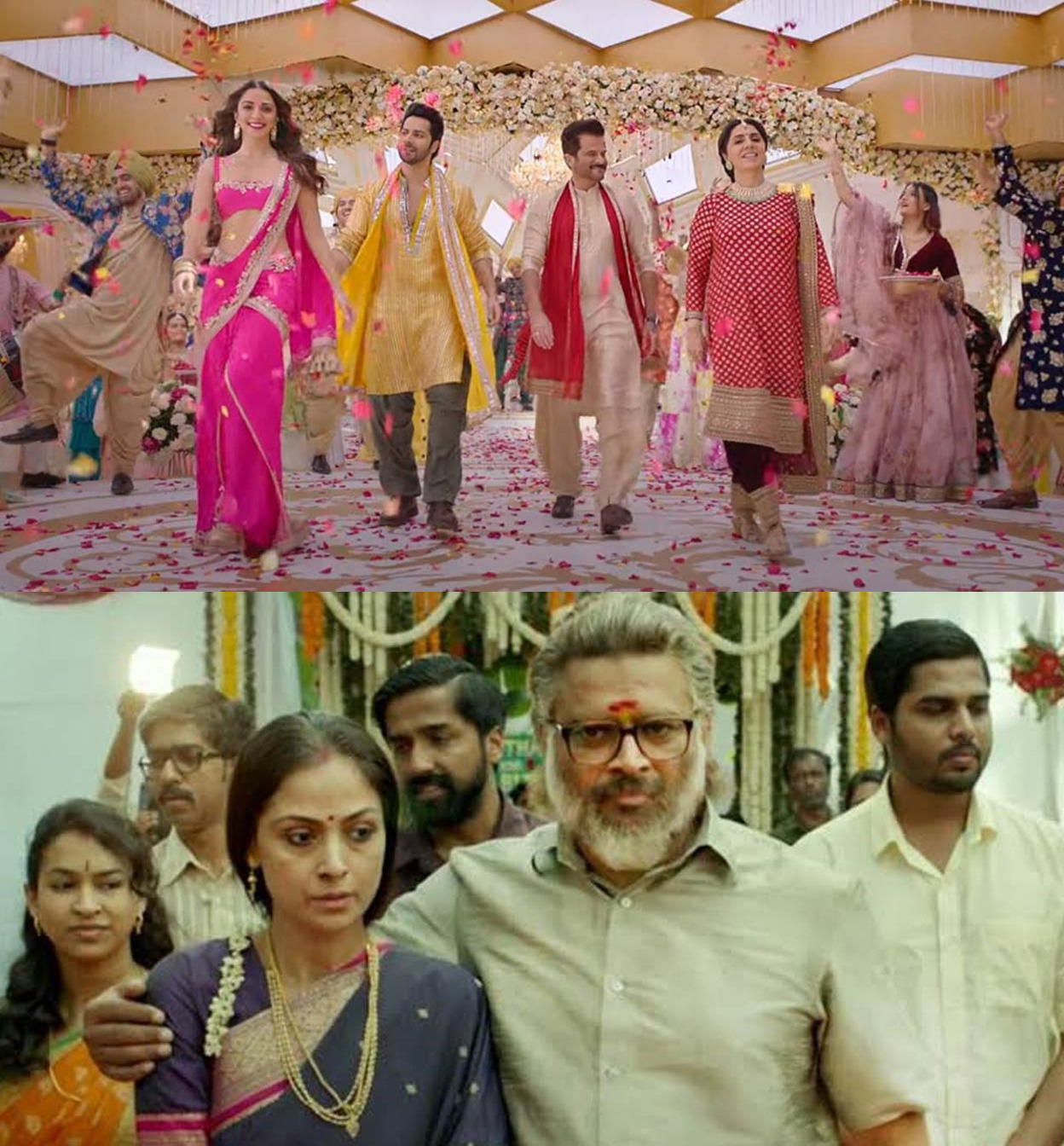

Leave A Comment
You must be logged in to post a comment.